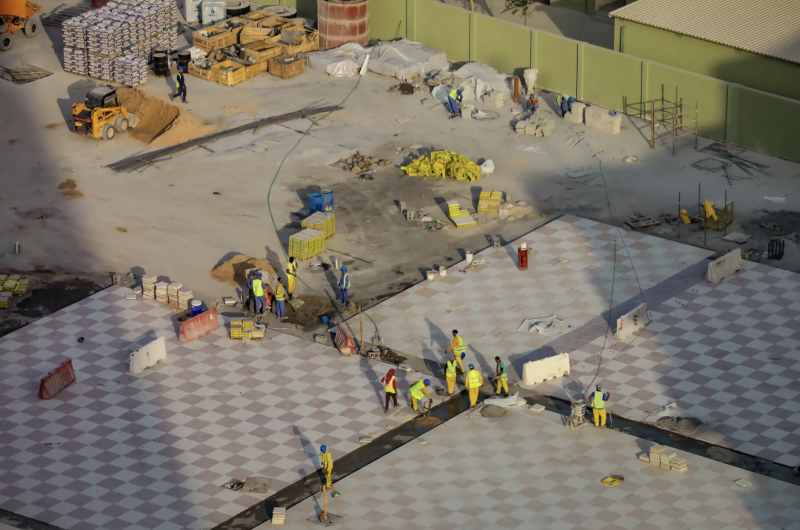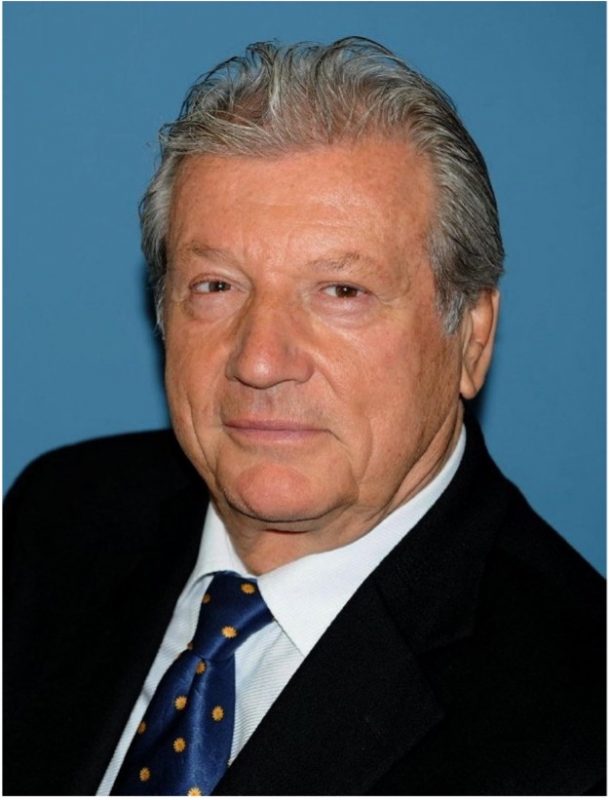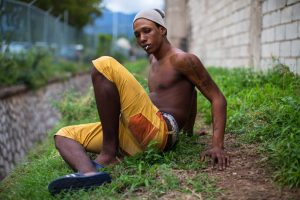By: Christina Rosa Ralph
Journal of Global Rights and Organizations, Associate Articles Editor
TEXAS, United States – The Supreme Court said in Plyler v Doe, “To control the conduct of adults by acting against their children…does not comport with the fundamental concepts of justice.” Plyler v Doe, 457 US 202, 220 (1982). Yet, recently, U.S. politicians have begun to more openly and strenuously vilify asylum seekers and undocumented immigrants by labeling them as an “invasion” and blaming them for any number of social ills. The language seems calculated to agitate people for political reasons and to make them feel anger and hate toward immigrants. While xenophobic rhetoric from politicians is not new, it is particularly troubling that at least one, Governor Greg Abbott of Texas, has aimed his anti-immigration rhetoric toward innocent migrant children by attacking their right to an education.

Gov. Abbot recently announced plans to challenge Plyler, the 1982 landmark Supreme Court decision that held that all children, regardless of their immigration status, are entitled to equal protection of the law under the 14th Amendment. Plyler struck down a Texas law that allowed undocumented children to be charged for, or excluded from, Texas’s public education system. Plyler also reaffirmed that the 14th Amendment provisions are “universal in their application…without regard to any differences of race, of color, or of nationality.” 457 U.S. at 212. Yet, Abbott seems determined to label undocumented children a “subclass” not worthy of equal protection under the law, not only under Texas law, but in the hearts and minds of his supporters and others who see no injustice in vilifying children who are simply seeking to get an education.
Abbott’s comments make it clear that, in his opinion, Texas is only educating migrant children because the Federal government is forcing it to; and implying that undocumented children are to blame for deficiencies in education. But these assertions are challenged, by many Texas educators, including Dallas Superintendent, Michael Hinojosa, who labeled Abbott’s comments a “manufactured crisis in the name of politics.” However, while Abbotts’s comments have been dismissed as “woefully ill-informed” and have been labeled a political “dog whistle” that does not make them any less dangerous to the children he is openly attacking. And given that Abbott does not bother to distinguish between undocumented children, and children who are US citizens with undocumented parents, the dangers his broad vilification creates threatens all immigrant children and their families.
In the 40 years since Plyler, states have used direct and indirect ways of limiting immigrant children’s access to education by adding to the already formattable obstacles to education faced by migrant children across the U.S. Undocumented children, and children who are U.S. citizens of undocumented parents, face constant uncertainty and fear; language, cultural and social barriers; and often poverty and isolation. While the perception of immigrants, flamed by incendiary comments by public officials, is “intrinsically tied to negative perceptions” about immigrants, and a constant reminder to these children that many believe they are not welcome and do not belong.
The Supreme Court called education the “primary vehicle for transmitting ‘the values on which our society rests.’” In Texas, it appears the governor is willing to use that vehicle to pass on values that teach some children they are more deserving of an education than their peers who are immigrants or 1st generation Americans while teaching others that they are, and will remain, a subclass of persons not worthy of an education or of equal protection under the law.
For further information, please see:
MALDEF – MALDEF Statement on Texas Governor’s Comments on Landmark Educational Ruling – May 5, 2022
Plyler v Doe, 457 U.S. 202 (1982)
New York Times – Texas Governor Ready to Challenge Schooling of Migrant Children – May 5, 2022



